Just over 100 years ago, the UK’s first petrol station opened in Berkshire, much to the joy of many motorists at the time.
It was in Aldermaston, Berkshire, and was owned by the AA. Motorists liked the convenience of having fuel pumped into their cars so much that by 1923, just four years after that first station opened, there were 7000 pumps in operation.
Fast forward to today and that Aldermaston filling station is now just a lay-by. With the market transitioning to electric cars, are more filling stations likely to follow suit and disappear?
Platts Garage, in Marlow, Buckinghamshire, and barely 20 miles from Aldermaston, was one of the first garages to pump fuel, and they’re still doing so. Platts does it the old-fashioned way, too, by an attendant.
Customers drive onto the small forecourt to the side of the new car showroom (Platts is also a Ford dealer) and from a side door an assistant pops out to ask which fuel and how much of it they would like. Tank replenished, the customer pays from the comfort of their car seat before driving off. It should be popular, and indeed it is – or at least it was, until Marlow’s citizens began buying electric cars.
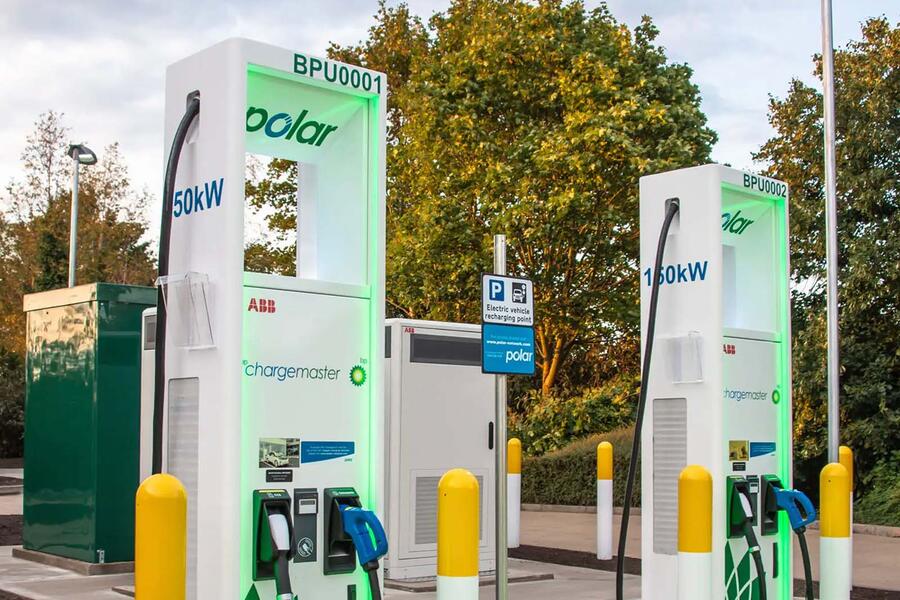
“I’ve noticed a decline in pump sales because of EVs,” says Tim Platt, managing director of Platts and grandson of the garage’s founder. “Demand for diesel fuel in particular fell overnight as customers who used to buy it for their Range Rovers and other SUVs changed them for Audi Q8 E-trons and suchlike.”
Despite this, Platt says he will continue to sell fuel. It’s not his only business (there’s the workshop as well as the showroom) and he doesn’t have the large overheads of a stand-alone filling station – but there’s another reason.

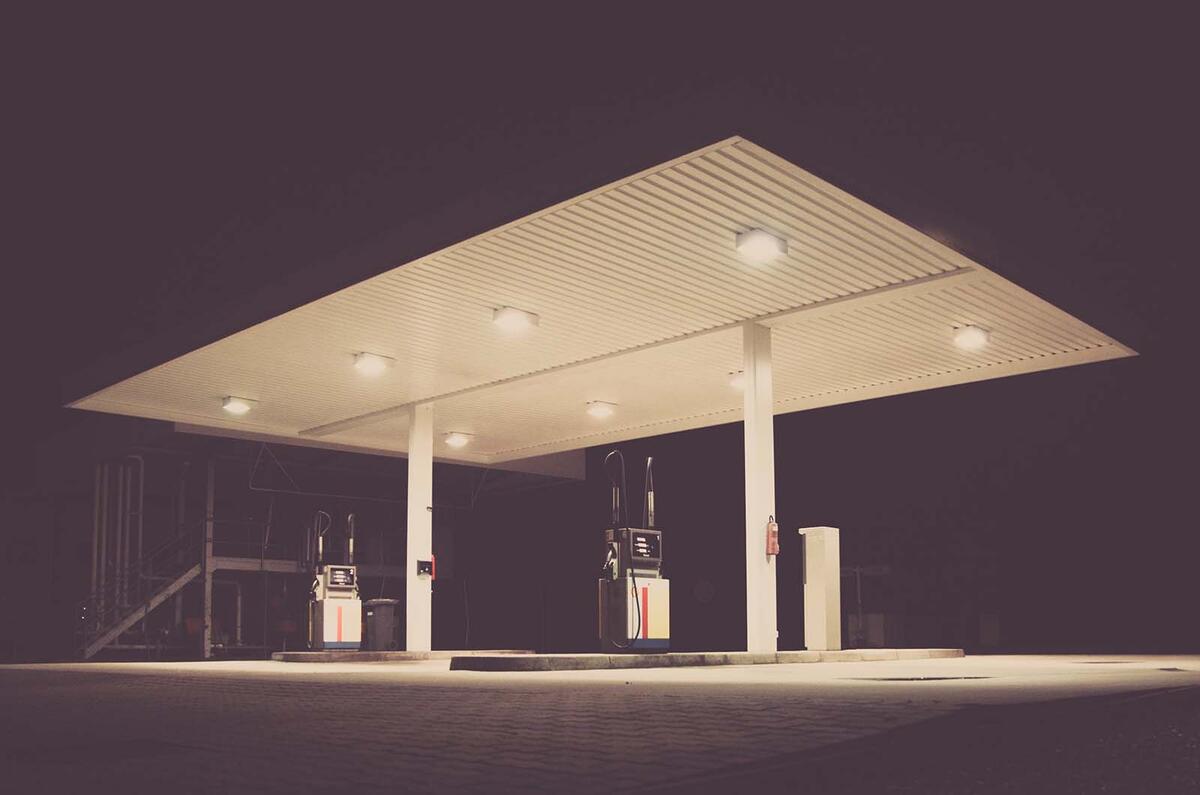
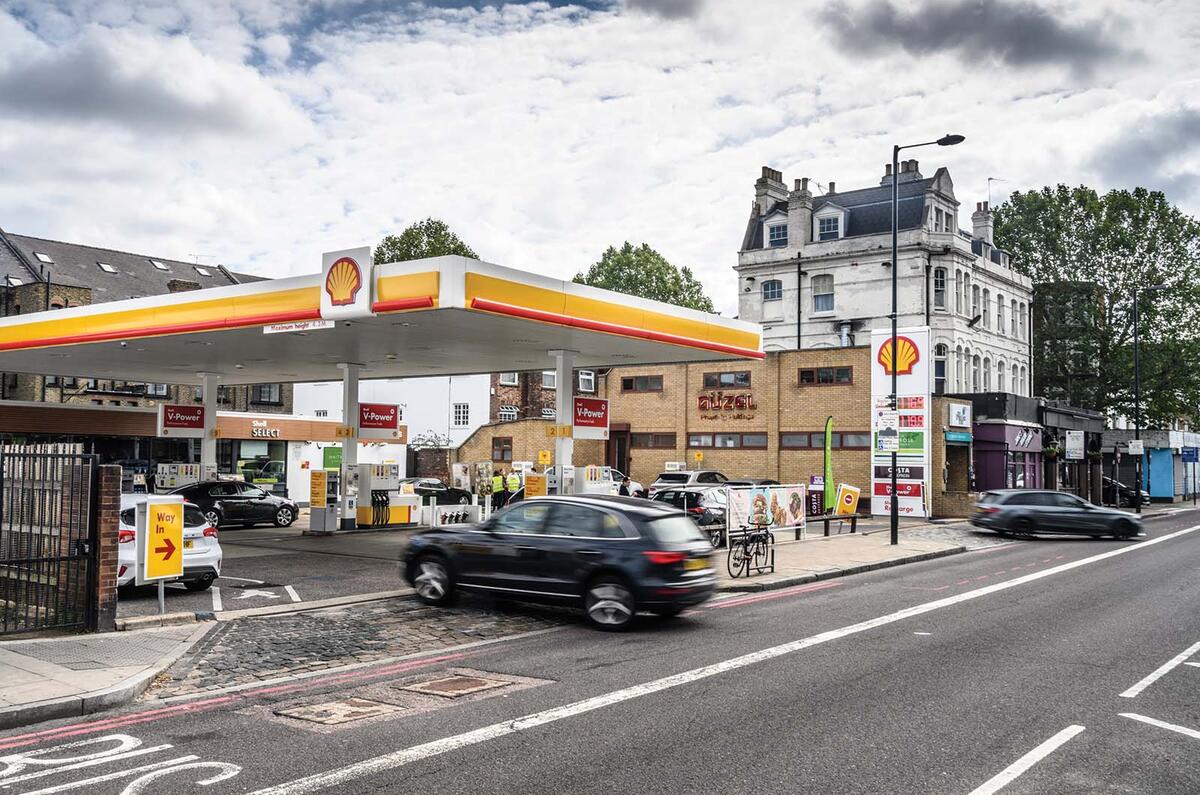
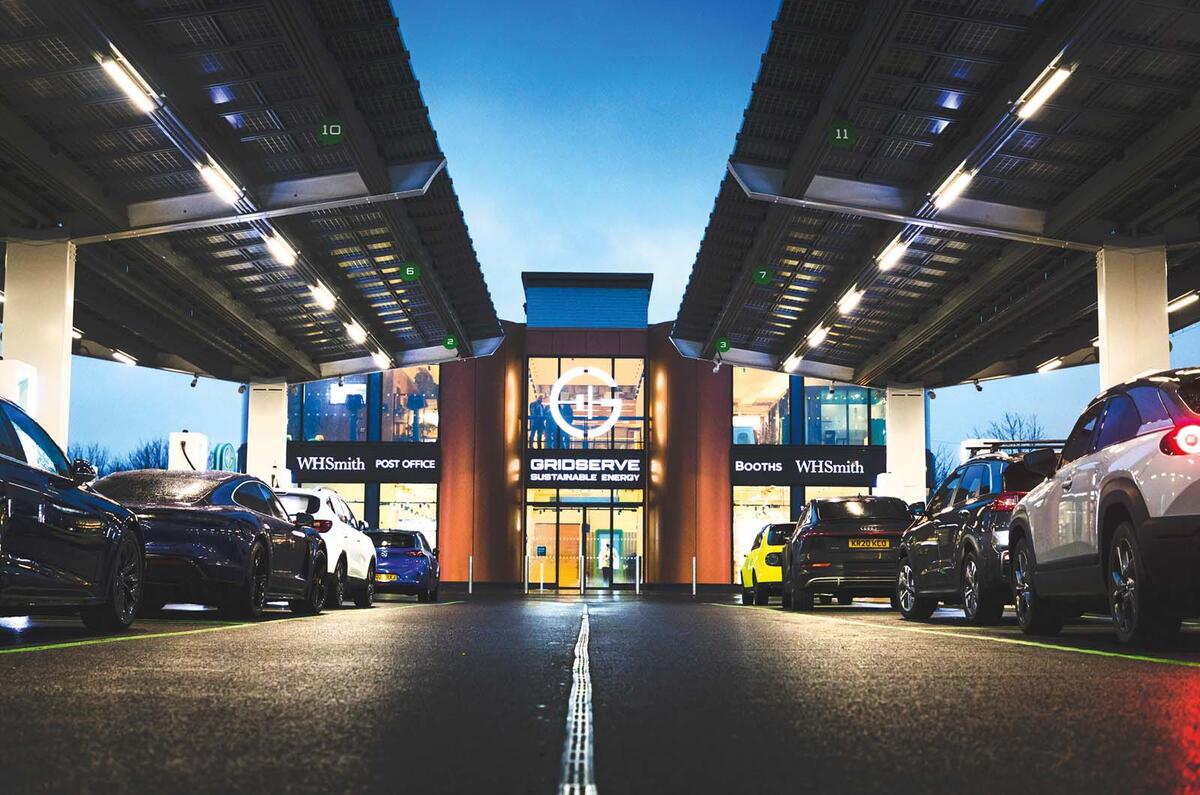
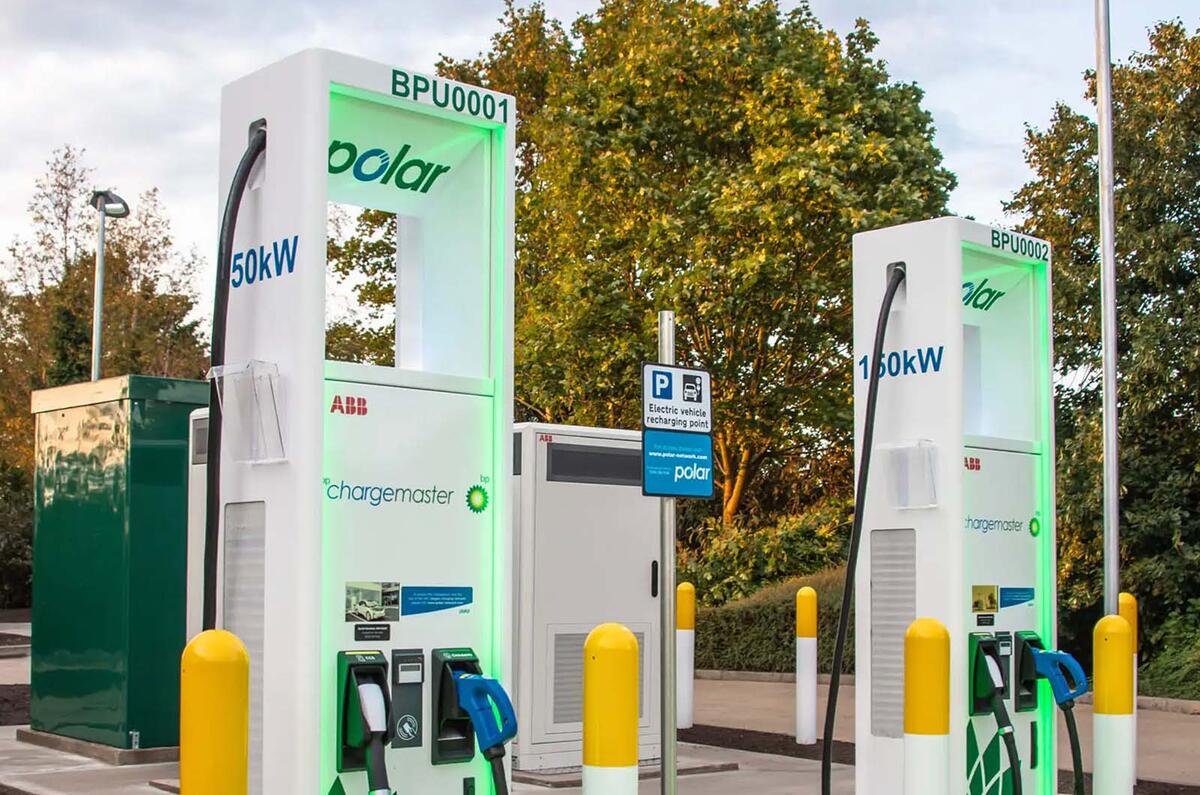

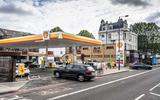

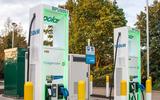

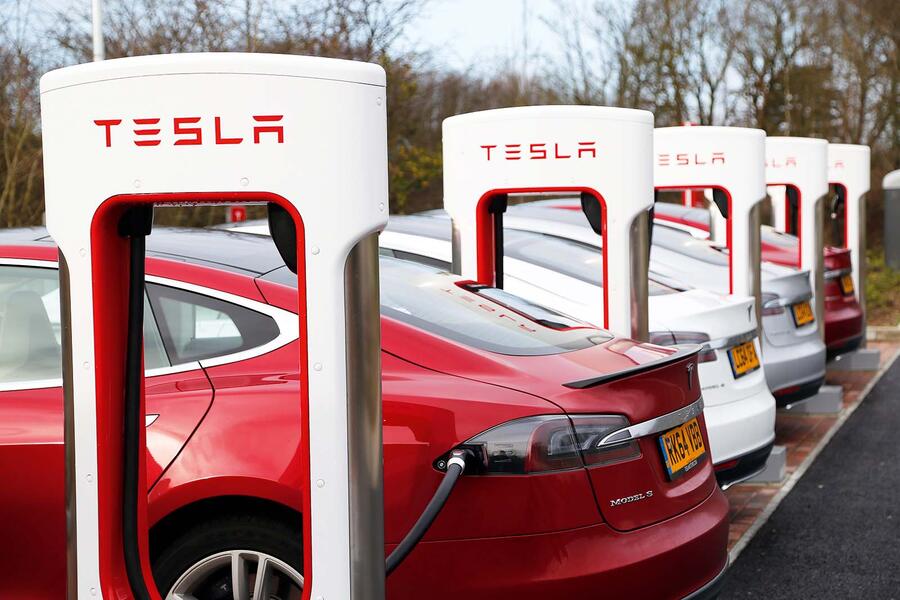
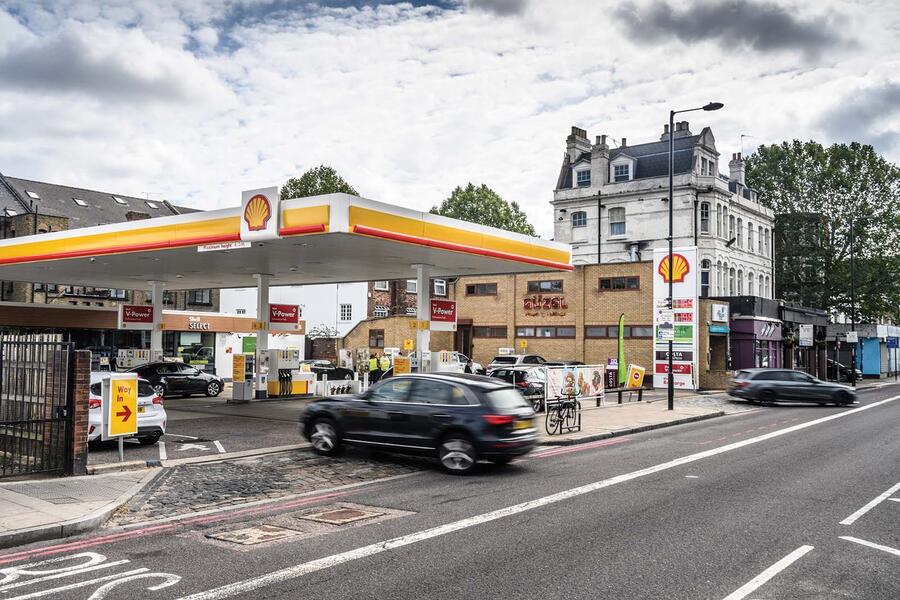
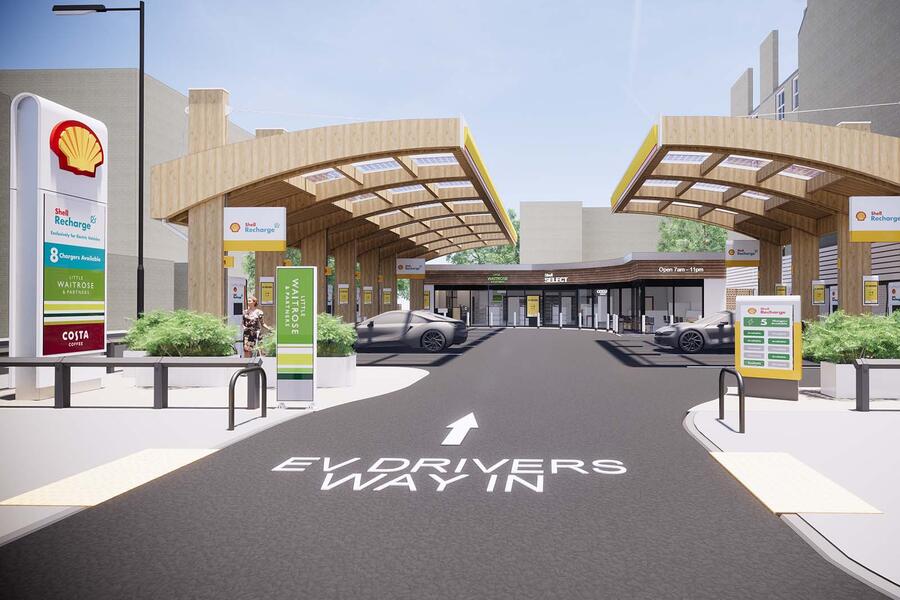


Join the debate
Add your comment
Personally, I don't think electric cars taking hours to charge will be a permanent issue as technology will advance.
We can still buy ICE until 2035. Even if these are hybrids, we are still going to need fuel until at least 2050. HGVs dont yet have a cut off date, so i would expect truck stops to be selling diesel well after 2050. There will probably be less filling stations, and the cost per litre will probably go up as they sell less fuel, but i dont think anything will happen quickly. Today the vast majority of cars bought new use petrol as their primary fuel. Anyone who thinks that petrol is going to be difficult to find in the near futue is in for a surprise.
I actually think we are going to see the sales of EVs slow. Currently its driven by the fleet market, and whilst the tax breaks remain, i am sure that will continue, but i aslo think that most private buyers who want an EV now have one. I think its going to be hard to persuade those without off street parking they want one any time soon, and they will still drive ICE, and still need to buy petrol or diesel at a filling station for many years to come.
With synfuels and demand from trucks, etc, that may still require diesel due to the lack of viable and practical long distance EV technology, also classic cars where owners do not want to do EV conversions, the sale of liquid fuels may continue for longer than predicted. Traditional petroleum companies may find that their retail infrastructure/forecourt spaces do not suit vehicles where it is necessary to charge over a period of time while the driver goes shopping, etc, leaving them open to competition from coffee shop chains, supermarkets, etc.